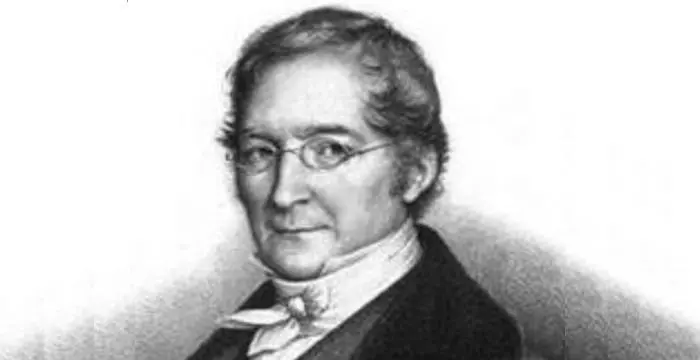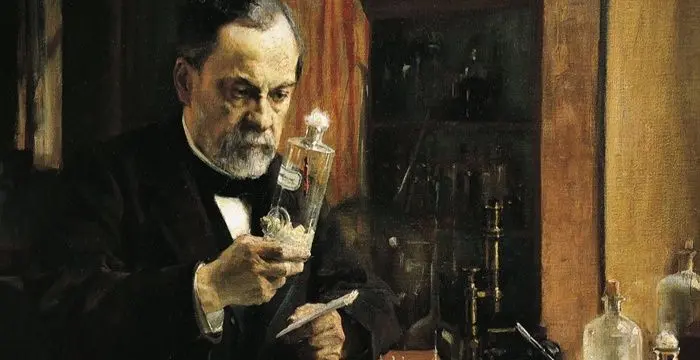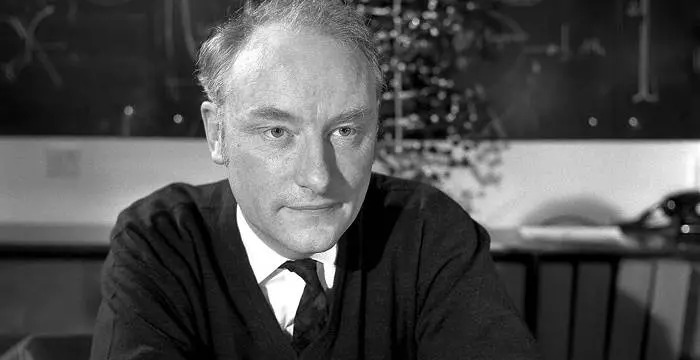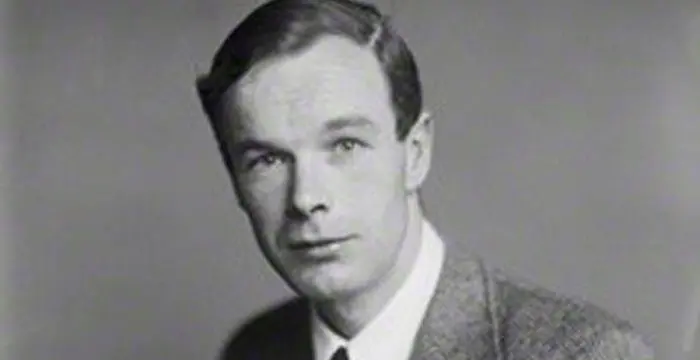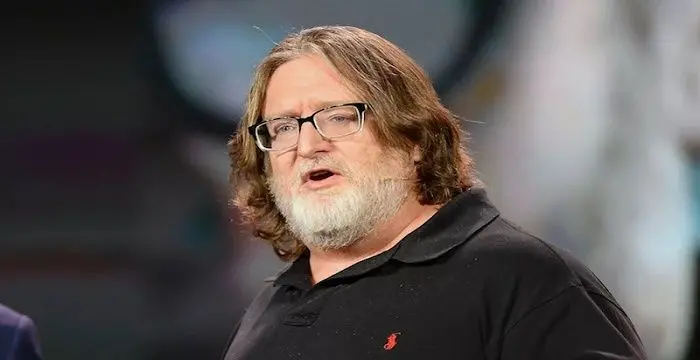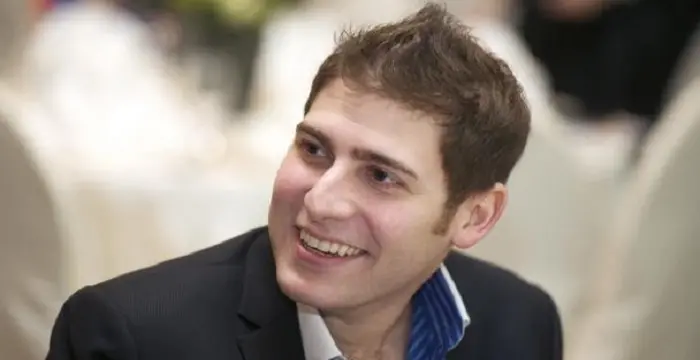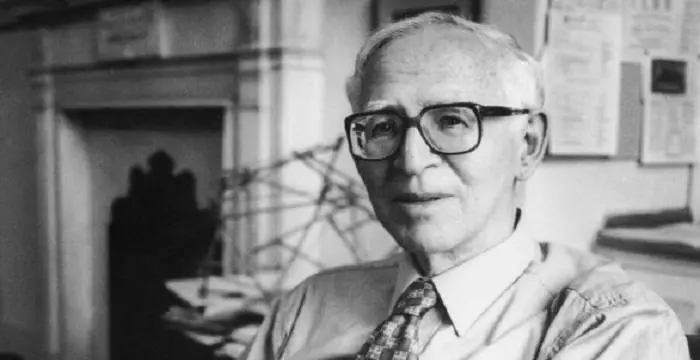
Aaron Klug - Chemists, Family and Family
Aaron Klug's Personal Details
Aaron Klug, a chemist and biophysicist, won the Nobel Prize for Chemistry
| Information | Detail |
|---|---|
| Birthday | August 11, 1926 |
| Nationality | British |
| Famous | Trinity College, Cambridge, Scientists, Biophysicists, Chemists, Chemists |
| Known as | Sir Aaron Klug |
| Universities |
|
| Notable Alumnis |
|
| Discoveries / Inventions |
|
| Birth Place | Lithuania |
| Gender | Male |
| Father | Lazar |
| Mother | Bella |
| Sun Sign | Leo |
| Born in | Lithuania |
| Famous as | Chemist & Biophysicist |
// Famous Chemists
Walter Kohn
Nobel Laureate Walter Kohn was an Austrian-born American theoretical chemist and physicist. Check out this biography to know about his childhood, life, achievements, works & timeline.
Amedeo Avogadro
Amedeo Avogadro was an Italian scientist who formulated what is now known as Avogadro's law. This biography of Amedeo Avogadro provides detailed information about his childhood, life, achievements, works & timeline.
Louis Pasteur
Louis Pasteur was a French chemist and microbiologist who developed the first vaccines for rabies and anthrax. This biography of Louis Pasteur provides detailed information about his childhood, life, achievements, works & timeline.
Aaron Klug's photo
Who is Aaron Klug?
A Nobel laureate in Chemistry, Aaron Klug needs no introduction of any kind. He is the man behind the development of crystallographic electron microscopy. His technique of restructuring two dimensional image to three dimensional one has been applied in various arenas, the most prominent one being the CT scan. Born in Zel’va, Białystok Voivodeship, to Jewish parents, he moved to South Africa with his family when he was two. Interested in science from a young age, he went on to graduate with a Bachelor of Science degree from the University of the Witwatersrand before completing his Master of Science degree at the University of Cape Town. Eventually he moved to England and earned his PhD at Trinity College, Cambridge. He began working with Rosalind Franklin in John Bernal's lab at the Birkbeck College in the University of London. This kindled in him a lifelong interest in viruses. Klug went on to study helical viruses to reveal how protein units are formed, investigated the polio virus with J. D. Bernal, and researched the structure and action of transfer DNA (deoxyribonucleic acid). A much renowned chemist, he received several prestigious awards for his development of crystallographic electron microscopy and his structural elucidation of biologically important nucleic acid-protein complexes.
// Famous Biophysicists
James Watson
James Watson is an American molecular biologist and geneticist who played a crucial role in the discovery of the molecular structure of D.N.A. This biography provides detailed information about his childhood, life, achievements, works & timeline
Francis Crick
Francis Crick was an English molecular biologist, biophysicist and neuroscientist, who received the Nobel Prize for Medicine. This biography profiles his childhood, life, career, achievements and timeline.
Alan Lloyd Hodgkin
Sir Alan Lloyd Hodgkin was an English biophysicist and a physiologist who received the Nobel prize in Physiology or Medicine in 1963. This biography profiles his childhood, life, research, achievements and timeline.
Childhood & Early Life
Aaron Klug was born on 11 August 1926 in Zel’va, Białystok Voivodeship, Republic of Poland to Jewish parents Lazar and Bella. His father was a cattleman, trained as a saddler. He also used to write articles for newspapers. The family moved to South Africa when Aaron was a toddler.
He attended Durban High School where he read a book called ‘Microbe Hunters’ by Paul de Kruif, which influenced his interest in microbiology. After school he joined the University of the Witwatersrand from where he earned a Bachelor of Science degree. He then studied for his Master of Science degree at the University of Cape Town.
A brilliant student, he was awarded an 1851 Research Fellowship from the Royal Commission for the Exhibition of 1851. He moved to England on the basis of this scholarship and completed his PhD at Trinity College, Cambridge in 1953.
Career
He moved to Birkbeck College in the University of London in late 1953 and started working with Rosalind Franklin in John Bernal's lab where he worked with viruses. At the lab he made important discoveries in the structure of the tobacco mosaic virus.
He developed his own techniques of crystallographic electron microscopy, whereby series of electron micrographs, taken of two-dimensional crystals from different angles, can be combined to produce three-dimensional images of particles.
In 1958, Aaron Klug became director of the Virus Structure Research Group at Birkbeck. After serving there for four years he returned to Cambridge as a staff member of the Medical Research Council in 1962.
He spent the next decade using methods from X-ray diffraction, microscopy and structural modeling to develop crystallographic electron microscopy in which a sequence of two-dimensional images of crystals taken from different angles are combined to produce three-dimensional images of the target.
Later, he worked on exposing the structure of the DNA-protein complex, chromatin. In 1974, along with his collaborators, Klug became the first to collect crystals of a transfer RNA and determine its structure.
Major Works
Aaron Klug is best known for his work on Electron crystallography, a method to determine the arrangement of atoms in solids using a transmission electron microscope (TEM). He performed electron crystallographic studies on inorganic crystals using high-resolution electron microscopy (HREM) in 1978.
Awards & Achievements
In 1981, Klug was awarded with the Louisa Gross Horwitz Prize from Columbia University.
Klug was awarded with Nobel Prize in Chemistry in 1982 for his work in the field of crystallographic electron microscopy.
From 1986 until 1996, he served as the director of the Laboratory of Molecular Biology in Cambridge.
In 1988, Klug was knighted by Elizabeth II.
From 1995 until 2000, he was elected President of the Royal Society. Additionally, he was also a member of the Board of Scientific Governors at The Scripps Research Institute and of the Advisory Council for the Campaign for Science and Engineering.
In 2005, he was honored with South Africa's Order of Mapungubwe (gold) for exceptional achievements in medical science.
Personal Life & Legacy
Aaron Klug tied the knot with Liebe Bobrow whom he met in Cape Town. A trained modern dancer, she went on to become a choreographer and coordinator for the Cambridge Contemporary Dance Group. Mrs Klug has also contributed to theatre. The couple has been blessed two sons, Adam and David, born in 1954 and 1963 respectively.
// Famous Chemists
Henry Cavendish
Henry Cavendish was a theoretical chemist and physicist, renowned for discovery of hydrogen and calculation of the mass of earth. To know more about his childhood, profile, timeline and career read on
Walter Kohn
Nobel Laureate Walter Kohn was an Austrian-born American theoretical chemist and physicist. Check out this biography to know about his childhood, life, achievements, works & timeline.
Jabir Ibn Hayyan
Jabir Ibn Hayyan was a medieval era polymath. Check out this biography to know about his life, works and achievements.
Aaron Klug's awards
| Year | Name | Award |
|---|---|---|
Other | ||
| 0 | Nobel Prize in Chemistry (1982) | |
Aaron Klug biography timelines
- // 11th Aug 1926Aaron Klug was born on 11 August 1926 in Zel’va, Białystok Voivodeship, Republic of Poland to Jewish parents Lazar and Bella. His father was a cattleman, trained as a saddler. He also used to write articles for newspapers. The family moved to South Africa when Aaron was a toddler.
- // 1953A brilliant student, he was awarded an 1851 Research Fellowship from the Royal Commission for the Exhibition of 1851. He moved to England on the basis of this scholarship and completed his PhD at Trinity College, Cambridge in 1953.
- // 1953He moved to Birkbeck College in the University of London in late 1953 and started working with Rosalind Franklin in John Bernal's lab where he worked with viruses. At the lab he made important discoveries in the structure of the tobacco mosaic virus.
- // 1958 To 1962In 1958, Aaron Klug became director of the Virus Structure Research Group at Birkbeck. After serving there for four years he returned to Cambridge as a staff member of the Medical Research Council in 1962.
- // 1974Later, he worked on exposing the structure of the DNA-protein complex, chromatin. In 1974, along with his collaborators, Klug became the first to collect crystals of a transfer RNA and determine its structure.
- // 1978Aaron Klug is best known for his work on Electron crystallography, a method to determine the arrangement of atoms in solids using a transmission electron microscope (TEM). He performed electron crystallographic studies on inorganic crystals using high-resolution electron microscopy (HREM) in 1978.
- // 1981In 1981, Klug was awarded with the Louisa Gross Horwitz Prize from Columbia University.
- // 1982Klug was awarded with Nobel Prize in Chemistry in 1982 for his work in the field of crystallographic electron microscopy.
- // 1995 To 2000From 1995 until 2000, he was elected President of the Royal Society. Additionally, he was also a member of the Board of Scientific Governors at The Scripps Research Institute and of the Advisory Council for the Campaign for Science and Engineering.
- // 1998In 1988, Klug was knighted by Elizabeth II.
- // 2005In 2005, he was honored with South Africa's Order of Mapungubwe (gold) for exceptional achievements in medical science.
// Famous Scientists
Juliane Koepcke
Juliane Koepcke is a German-Peruvian biologist, who was the lone survivor among the 92 passengers and crew of the ill-fated LANSA Flight 508 that crashed in the Peruvian rainforest on 24 December 1971. Know more about her life in this biography.
Henry Cavendish
Henry Cavendish was a theoretical chemist and physicist, renowned for discovery of hydrogen and calculation of the mass of earth. To know more about his childhood, profile, timeline and career read on
Konstantin Tsiolkovsky
Konstantin Tsiolkovsky was a Russian rocket scientist and a pioneer of astronautics. This biography provides detailed information about his childhood, family, personal life, career, achievements, etc.
Gabe Newell
Gabe Newell is an American computer programmer and businessman, best known as the co-founder of ‘Valve Corporation.’ This biography provides detailed information about his childhood, family, personal life, career, etc.
Grigori Perelman
Grigori Perelman is a Russian mathematician who is best known for his contributions to Riemannian geometry and geometric topology. Check out this biography to know about his childhood, family life, achievements and fun facts about him.
Eduardo Saverin
Eduardo Luiz Saverin is a Brazilian internet entrepreneur and investor. This biography profiles his childhood, life, career, achievements, and timeline
Aaron Klug's FAQ
What is Aaron Klug birthday?
Aaron Klug was born at 1926-08-11
Where is Aaron Klug's birth place?
Aaron Klug was born in Lithuania
What is Aaron Klug nationalities?
Aaron Klug's nationalities is British
What was Aaron Klug universities?
Aaron Klug studied at Trinity College, Cambridge, Peterhouse, Cambridge, University of Cape Town, Trinity College, Cambridge, University of the Witwatersrand, University of Cambridge
What was Aaron Klug notable alumnis?
Aaron Klug's notable alumnis is Trinity College, Cambridge
What is Aaron Klug's inventions/discoveries?
Crystallographic Electron Microscopy was invented (or discovered) by Aaron Klug
Who is Aaron Klug's father?
Aaron Klug's father is Lazar
Who is Aaron Klug's mother?
Aaron Klug's mother is Bella
What is Aaron Klug's sun sign?
Aaron Klug is Leo
How famous is Aaron Klug?
Aaron Klug is famouse as Chemist & Biophysicist

